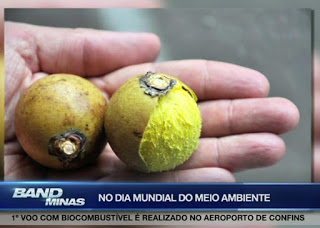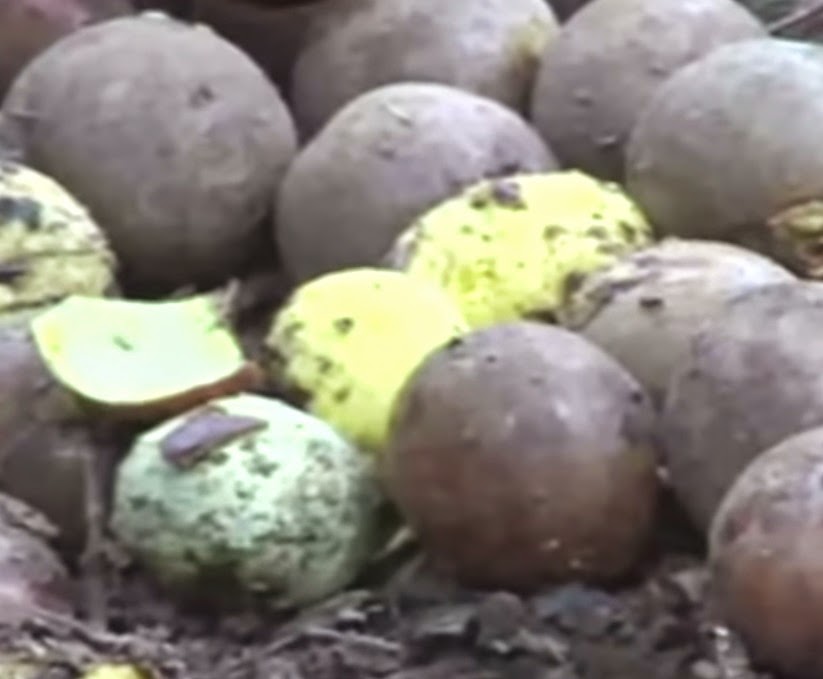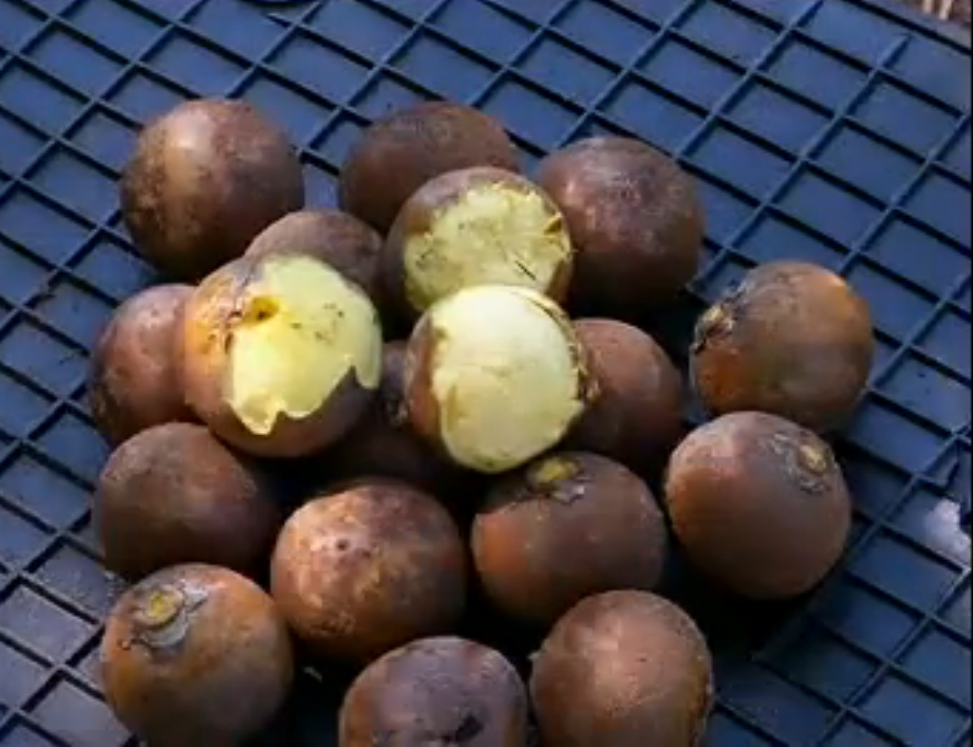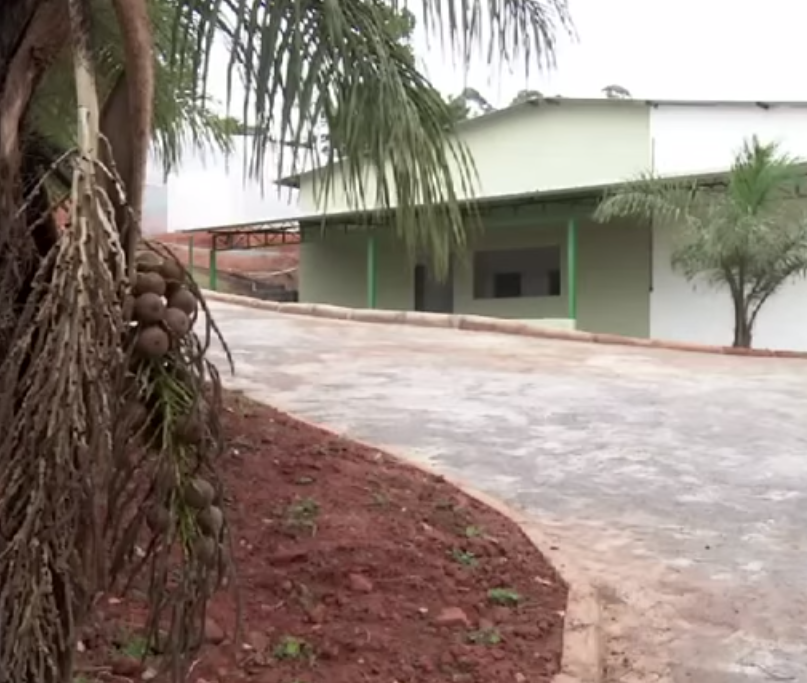Bio-oil production by pyrolysis of metal soaps derived from macauba pulp oil
sexta-feira, novembro 23, 2018
 |
| Image related to macauba oil but from another Article. |
Authors: Jhon Jairo Melchor ¨& Isabel Cristina Pereira Fortes
Abstract
This paper investigated the effect of Na, Mg Ba and Na, K in the conversion of the metal soaps extracted from macauba pulp oils into bio-oil through fast pyrolysis (200 °C min−1). The influence of the acidity of the raw material (high and low acidity, 93 and 7 mg KOH/g respectively) through the thermal decomposition process was also studied. These parameters were evaluated according to the production of bio-oil checking yields and their potential as a renewable fuel and to produce chemicals for industrial propose. Based on the TGA results the metal soaps were submitted to fast pyrolysis at 550 °C producing three fractions, i.e. liquid (bio-oil + water), gas and solid, which presented different yields depending on the metal used.
The yields were: bio-oil (35–54% w/w), water content (8–12% w/w), gas (25–35% w/w) and solid (10–30% w/w). The bio-oils are comprised mainly of a homologous series of hydrocarbons from carbon number C6 to C17 and also from some oxygenated compounds. The content of hydrocarbons (70–80% relative area) and oxygenated compounds (20–30% relative area) present in the bio-oils depend upon the metal soap. The bio-oils obtained from magnesium soaps yielded the highest content of diesel fraction hydrocarbons. The differences in the content and chemical composition of the bio-oils showed that the metal and the counter ion used have a catalytic effect of promoting changes in the cracking process. On the other hand, the acidity of the raw material did not cause changes in the thermal decomposition process.
Furthermore, some physicochemical properties were obtained for bio-oils and compared with ANP (National Agency of Petroleum, Natural Gas and Biofuels, Brazil) specification for diesel fuel. The bio-oils obtained could be categorized as green diesel and could be used as blends. The solid fraction is comprised mainly of carbonates and oxides of the metal used and also by the remaining salts used in the saponification process.


















0 comentários
Agradecemos seu comentário! Volte sempre :)